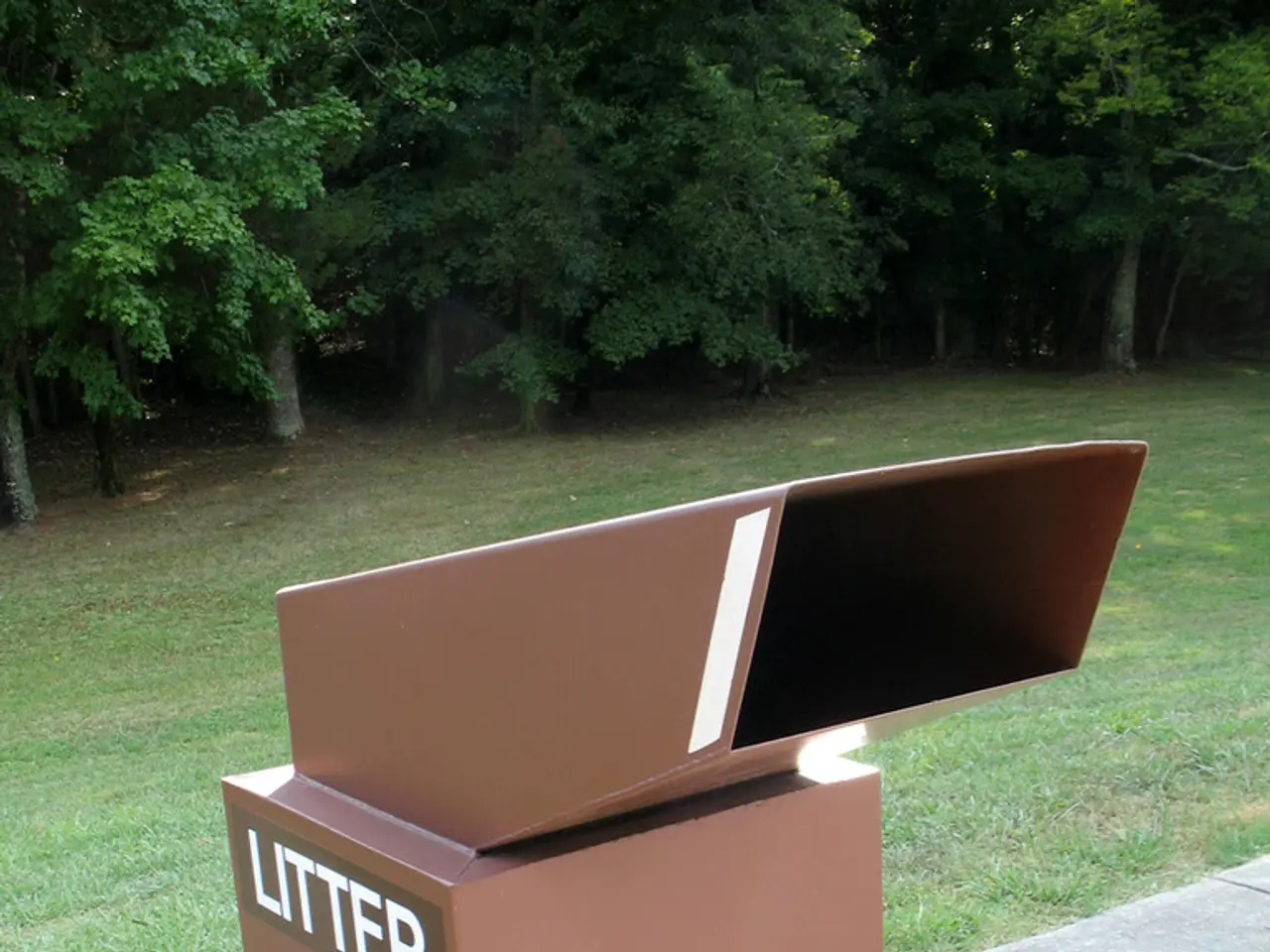Hazards associated with cat litter during pregnancy: A hidden danger to be aware of
Toxoplasmosis is a parasitic infection caused by the Toxoplasma gondii microbe, which can be transmitted from cat feces to mouth. Pregnant women are more at risk of contracting this infection compared to the general population, as it can pose serious risks to the fetus.
Indoor cats can carry toxoplasmosis, but the risk is much lower compared to an outdoor cat. However, it's important to take precautions to minimize the risk of infection during pregnancy.
Avoiding Direct Contact with Cat Litter
Avoiding direct contact with cat litter altogether is the best approach, if possible. This can be achieved by having someone else clean the litter box during pregnancy. If this isn't feasible, wearing disposable gloves and washing hands thoroughly with soap and water immediately afterward is recommended.
Keeping the Litter Box Clean
Cleaning the litter box daily is crucial to reduce exposure risk, as Toxoplasma parasites become infectious only after 1-5 days in the environment. Keeping cats indoors and feeding them commercial or cooked food also reduces the likelihood that they carry Toxoplasma and contaminate litter.
Additional Hygiene Measures
Additional hygiene measures include wearing gloves while gardening and covering outdoor sandpits to avoid cat feces contamination from other cats. Soil and sand can also harbor the parasite.
Other Ways to Catch Toxoplasmosis
Toxoplasmosis can also be contracted through eating raw or undercooked meat, or cured meats that haven't been cooked, handling raw meat and not washing hands, and handling pregnant sheep or lambs.
What to Do if Infected
If a pregnant woman contracts toxoplasmosis, she should contact her doctor for blood tests and further tests to determine the risk of passing it on to her baby.
Staying Informed
This information was last updated in July 2025. It's important for pregnant women and cat owners to stay informed about the latest recommendations to ensure a safe and healthy environment for both mother and baby.
Expert Advice
Rebecca, a veterinary surgeon who recently achieved a BSAVA postgraduate certificate in small animal medicine, advises wearing gloves when cleaning the litter box and washing hands thoroughly afterward. She also recommends keeping the cat's litter tray clean and a sandpit covered up when it's not in use to prevent toxoplasmosis infection.
Myth Busting
Contrary to some beliefs, you cannot get toxoplasmosis from smelling cat litter, and infection risks are low if one washes hands after scooping cat litter and doesn't touch cat feces directly.
In conclusion, by following these guidelines, pregnant women can effectively reduce the risk of toxoplasmosis during pregnancy. It's always best to notify your healthcare provider if you believe you have been exposed for possible testing and monitoring.
- Pregnant women should avoid direct contact with cat litter, preferably having someone else clean the litter box during pregnancy, or wearing disposable gloves and washing hands thoroughly afterward.
- Cleaning the cat's litter box daily is crucial to reduce the risk of Toxoplasma infection, as the parasites become infectious only after 1-5 days in the environment.
- Keeping indoor cats and feeding them commercial or cooked food reduces the likelihood of them carrying Toxoplasma and contaminating the litter.
- Additional hygiene measures include wearing gloves while gardening, covering outdoor sandpits, and ensuring soil and sand are clean to avoid cat feces contamination from other cats.
- Toxoplasmosis can be contracted through eating raw or undercooked meat, handling raw meat without washing hands, and by direct contact with pregnant sheep or lambs.
- If a pregnant woman contracts toxoplasmosis, she should contact her doctor for blood tests and further tests to determine the risk of passing it on to her baby.




